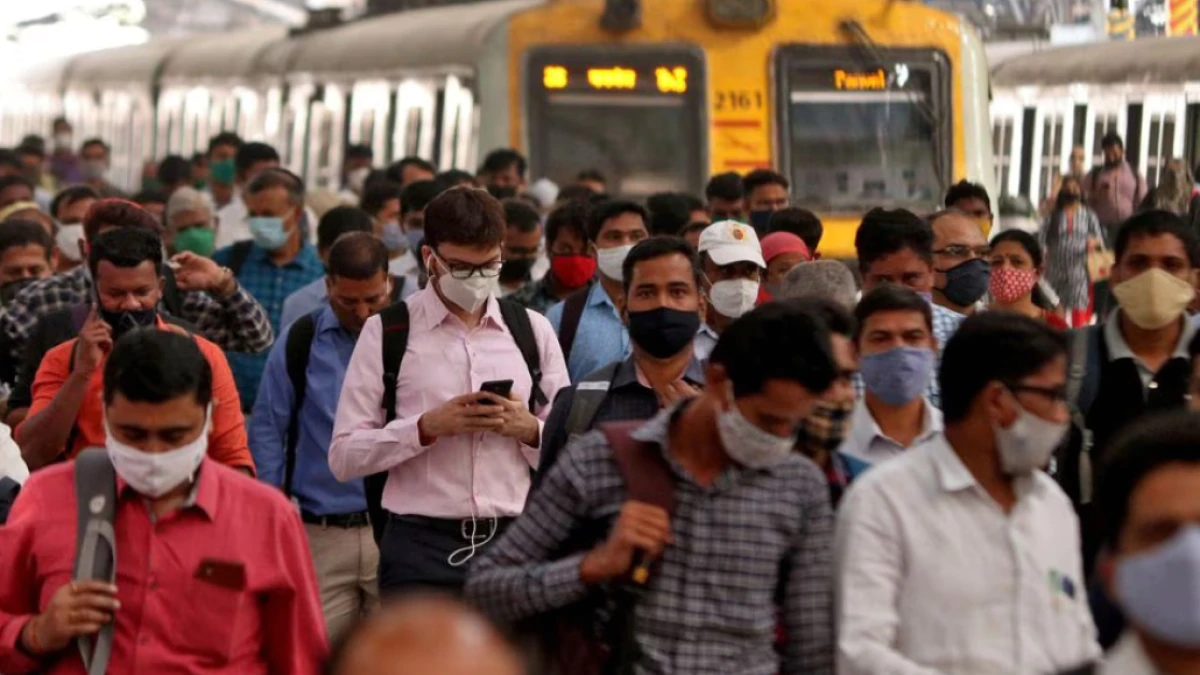
Focus on Growth- Relief to Middle Class
Finance Minister Nirmala Sitharaman presented the first complete budget of ‘Amrit Kaal’ and the last complete budget of Modi-02 Government, before the Parliament on 1 February 2023. As expected, the income tax burden (in the new tax regime) has been reduced for the middle class, including for ultra rich, which will have an impact on the total revenue of Rs 37,000 crore. New income tax system may give relief to the tax payers in terms of ease in filing returns, with lower tax burden.
In today's era where GST has gone out of the ambit of the budget; and hardly much possibility of any tweaks in corporate taxation, the allocation of government expenditure is more in the eyes of economic analysts. No doubt, the allocation of government expenditure is the mirror of the policies of the government; and that is perfectly getting reflected in the budget. Allocation for infrastructure, rural development, green growth, education and digitization in the budget are welcome features of the Budget.
Promotion of millets in the International Year of Millets, hiking agricultural credit, with focus on allied activities like dairy and fisheries, encouragement to cooperative etc. are the major attractions of this budget. Promotion of dairy, fishery sector while promoting multi purpose primary agricultural credit co-operative societies (PACS) has been included in the budget. Increase in agricultural credit target to Rs 20 lakh crore is a welcome step. It will give a boost to all agriculture and allied activities.
As per the new announcement, moving from ‘Aspirational District’ to ‘Aspirational Blocks’ scheme in the rural areas, focus seems to be on the rural development in the backward blocks. Allocation for irrigation in the drought prone areas is yet another attempt for fostering more inclusive rural growth.
Carrying forward last year's resolution, the share of effective capital expenditure (including support to state governments for capital formation) has been raised to Rs 13.7 lakh crore, which is 4.5 per cent of GDP. It will benefit infrastructure building and other types of asset creation. Capital expenditure of Rs 2.40 lakh crore For Railways, the provision of various types of capital expenditure, including logistics of Rs 7500 crore makes this budget special. This much capital expenditure is a record not only in terms of quantity, but also as a percentage of GDP in recent decades.
Another welcome focus in the budget is MSME sector. Extending Credit Guarantee for MSMEs, giving relief to MSMEs who could not fulfil their contracts with government by releasing their caution money, PM Vishwakarma Kaushal Samman scheme is a welcome step for empowering artisans, who are at the bottom of the pyramid.
Emphasis on green growth is one of the highlights of this budget. Provisions like Green Hydrogen Mission, Renewable Energy, Gobardhan, Green Credit, etc., can be considered as signs of India's resolution to ‘net zero’ by 2070 for protection of environment.
Government has been focusing, on tourism for some time. Along with improving connectivity, there are many provisions in this budget including self-employment and skill building in this sector.
According to the revised estimates (RE) for the year 2022-23, the total expenditure is expected to be approximately Rs 42 lakh crore. In comparison, a provision of about Rs 45 lakh crore has been kept this year (Budget Estimates), which means an increase of only 7 percent. Expenditure has been limited, perhaps with an aim to limit the fiscal deficit to 5.9 per cent, however, the burden of fiscal prudence is not being felt on capital expenditure. Rather increase in Capex, is a welcome part of the budget. Growth orientation, with focus on rural development, infrastructure and MSMEs, is the speciality of the Budget.


